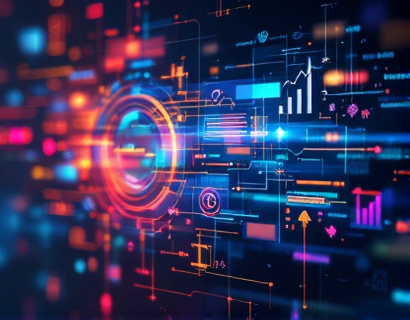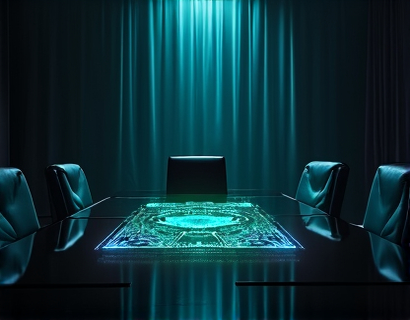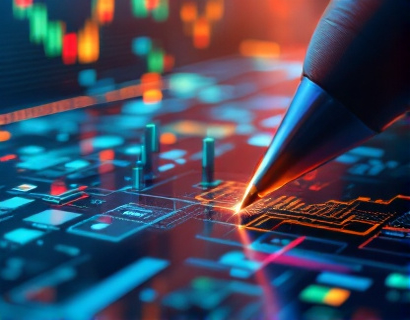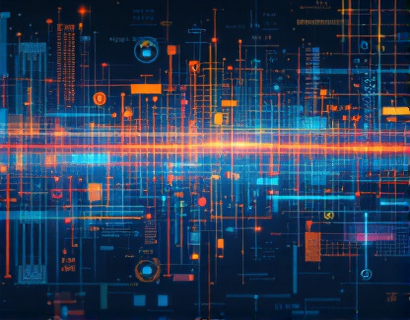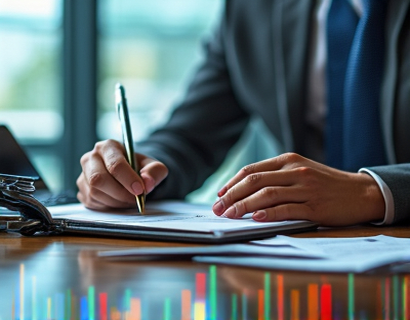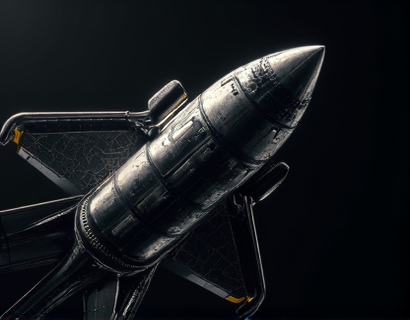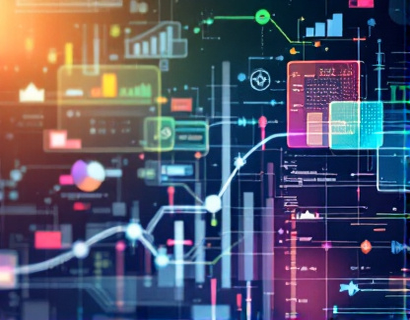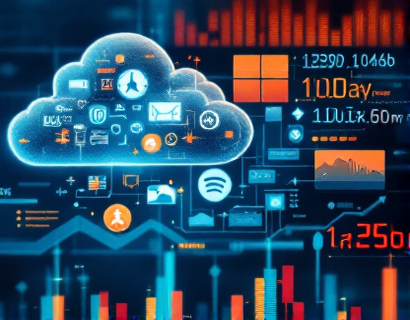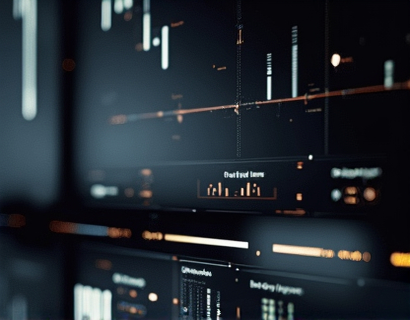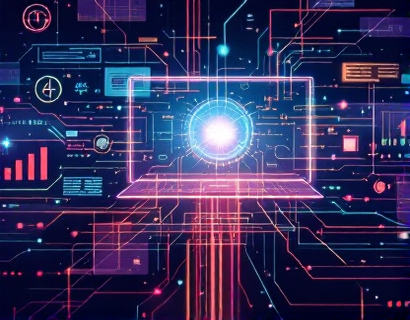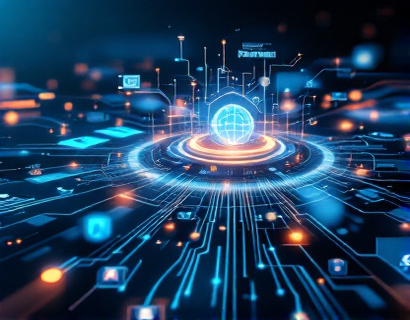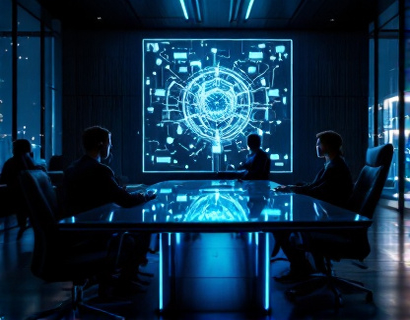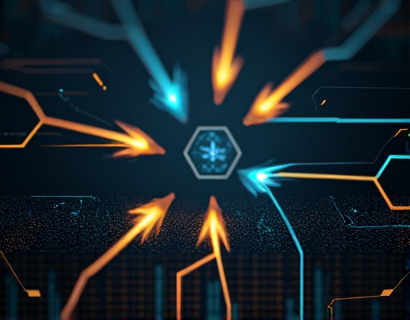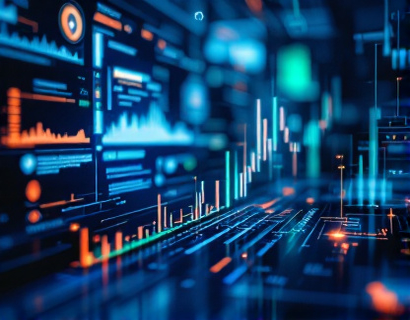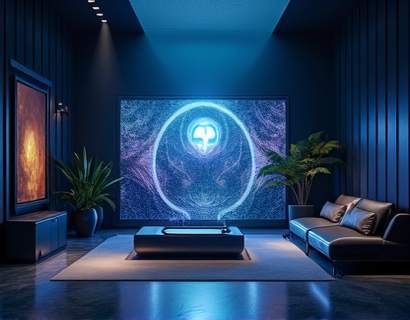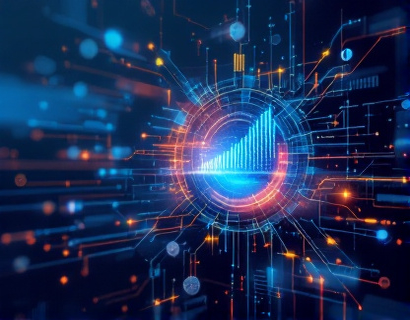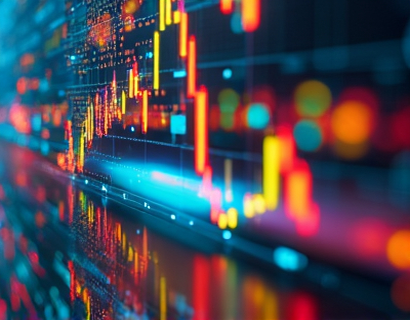Blockchain for Art: Revolutionizing the Preservation and Tracking of Historical Artifacts with Decentralized Solutions
In recent years, blockchain technology has emerged as a transformative force across various industries, and the art world is no exception. This decentralized ledger system offers a secure, transparent, and immutable way to track the authenticity and provenance of historical artifacts and artworks. By leveraging blockchain, the art sector can ensure secure ownership, foster trust among collectors, museums, and cultural institutions, and ultimately preserve our shared cultural heritage more effectively.
The traditional methods of verifying the authenticity and provenance of artworks are often cumbersome, prone to errors, and susceptible to fraud. This is where blockchain technology steps in, providing a robust solution to these challenges. By recording each transaction and ownership change on a blockchain, a permanent and tamper-proof record is created, accessible to all stakeholders involved. This not only enhances the reliability of the information but also streamlines the process of verifying an artwork's history and legitimacy.
One of the key benefits of using blockchain in the art world is the enhancement of trust. Collectors and institutions can have confidence in the authenticity of the artworks they purchase or hold, knowing that the information is verifiable and immutable. This trust is crucial for the art market, as it encourages more transactions and investments, thereby supporting the preservation and appreciation of art.
Blockchain technology also plays a vital role in the preservation of historical artifacts. By creating a decentralized and distributed ledger, the risk of data loss or manipulation is significantly reduced. Each artifact can be assigned a unique digital identity, complete with detailed information about its origin, history, and current status. This comprehensive record helps in monitoring the condition and location of artifacts, ensuring they are properly cared for and protected from theft or damage.
For museums and cultural institutions, blockchain offers a powerful tool for managing their collections. These organizations can use blockchain to document the acquisition, restoration, and exhibition history of their artifacts. This not only aids in internal management but also provides valuable insights for researchers and the public. The transparency offered by blockchain can enhance the educational value of museum exhibits, allowing visitors to explore the rich histories behind the artworks on display.
Moreover, blockchain can facilitate the repatriation of cultural artifacts to their countries of origin. By providing a clear and verifiable record of an artifact's provenance, blockchain can help resolve disputes and support the return of items that were illegally exported or taken during conflicts. This aligns with the growing global effort to address the ethical issues surrounding the ownership of cultural heritage.
The implementation of blockchain in the art world is not without its challenges. One of the primary obstacles is the need for widespread adoption and standardization. For blockchain to be truly effective, it must be embraced by all stakeholders, including artists, collectors, dealers, and institutions. This requires education and collaboration to establish common protocols and standards that ensure interoperability and consistency across different blockchain platforms.
Another challenge is the technical complexity of blockchain technology. Many in the art sector may not have the expertise to fully understand and implement blockchain solutions. To overcome this, there is a growing need for specialized services and consultants who can bridge the gap between the art world and blockchain technology. These experts can help design and deploy blockchain applications that meet the specific needs of collectors, museums, and cultural institutions.
Despite these challenges, the potential benefits of blockchain in the art world are substantial. By providing a secure and transparent method for tracking and verifying artworks, blockchain can revolutionize the way we preserve and manage cultural heritage. It can reduce fraud, enhance trust, and ensure that valuable artifacts are protected for future generations.
To illustrate the practical applications of blockchain in the art world, consider the example of digital art. With the rise of NFTs (Non-Fungible Tokens), blockchain has enabled artists to create unique digital pieces that can be bought, sold, and owned just like physical artworks. Each NFT is tied to a specific digital file, with the blockchain recording the ownership and transaction history. This not only provides a new revenue stream for artists but also ensures the authenticity and scarcity of digital art.
Similarly, blockchain can be used to track physical artworks from creation to sale. Every step in the supply chain, from the artist's studio to the gallery and eventually to a collector, can be recorded on the blockchain. This comprehensive traceability helps prevent forgeries and ensures that the artwork's history is accurately documented. For instance, a painting might have a blockchain entry for its creation date, materials used, and subsequent sales, providing a complete and verifiable provenance.
The use of smart contracts on the blockchain further enhances the efficiency of the art market. Smart contracts are self-executing contracts with the terms of the agreement directly written into code. In the context of art sales, a smart contract can automatically transfer ownership and update the blockchain record once the payment is confirmed. This reduces the need for intermediaries, speeds up transactions, and minimizes the risk of disputes.
For collectors, blockchain offers a way to verify the authenticity and value of their investments. By accessing the blockchain record of an artwork, a collector can confirm its history, including previous owners, exhibitions, and any restoration work. This level of transparency can increase the confidence and value of art collections, making the market more robust and resilient.
Museums and cultural institutions can also benefit from blockchain by improving their cataloging and conservation efforts. By digitizing their collections and storing the data on a blockchain, these institutions can create a centralized and secure repository of information. This not only aids in internal management but also facilitates collaboration and research among scholars and institutions worldwide.
Furthermore, blockchain can support the funding and preservation of cultural projects. Crowdfunding platforms that utilize blockchain can ensure that contributions are transparently tracked and used as intended. This can encourage more people to support cultural initiatives, knowing that their contributions are being managed with integrity.
In conclusion, blockchain technology is poised to revolutionize the preservation and tracking of historical artifacts and artworks. By providing a secure, transparent, and decentralized solution, blockchain enhances trust, reduces fraud, and ensures the long-term preservation of our cultural heritage. As the art world continues to embrace this innovative technology, we can look forward to a future where the authenticity and history of art are safeguarded for generations to come.




